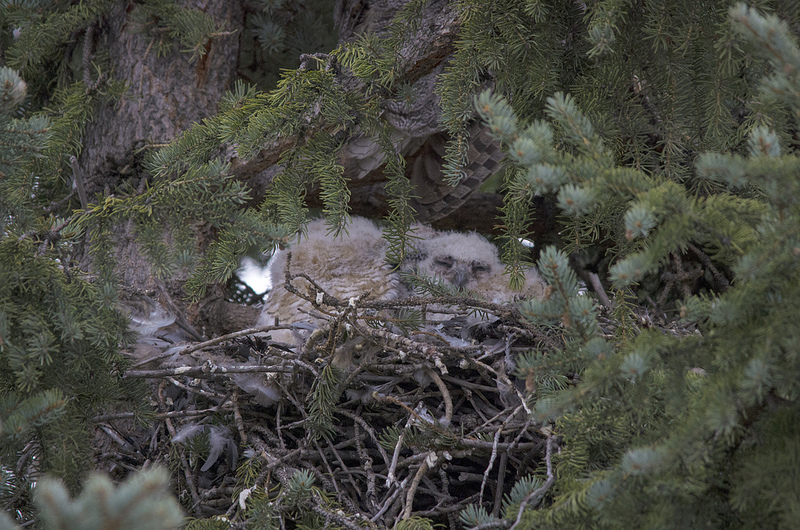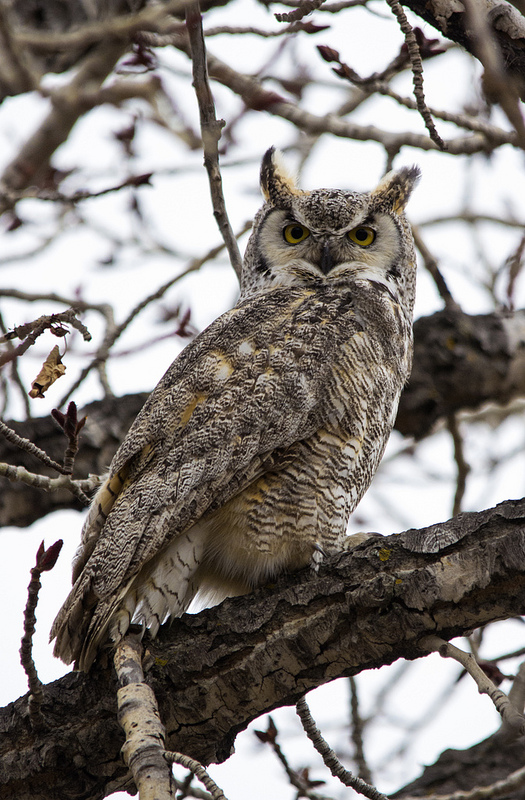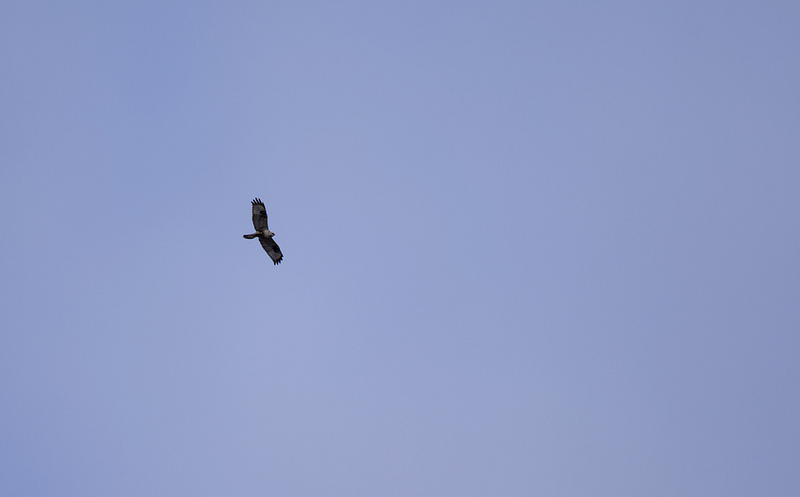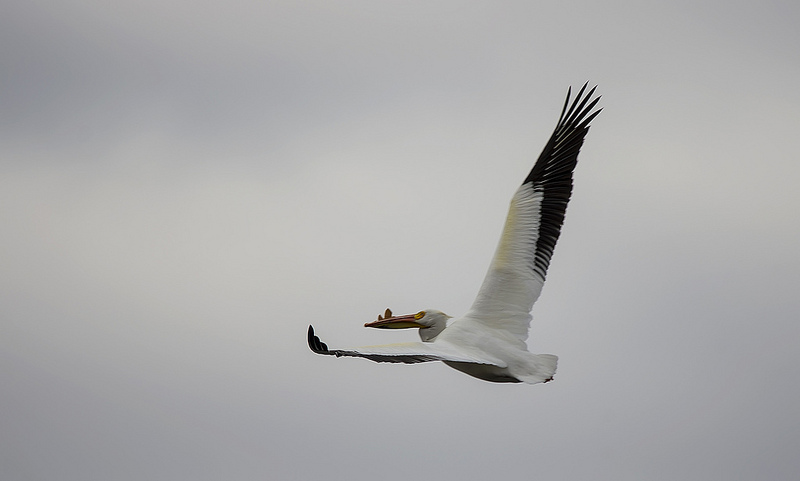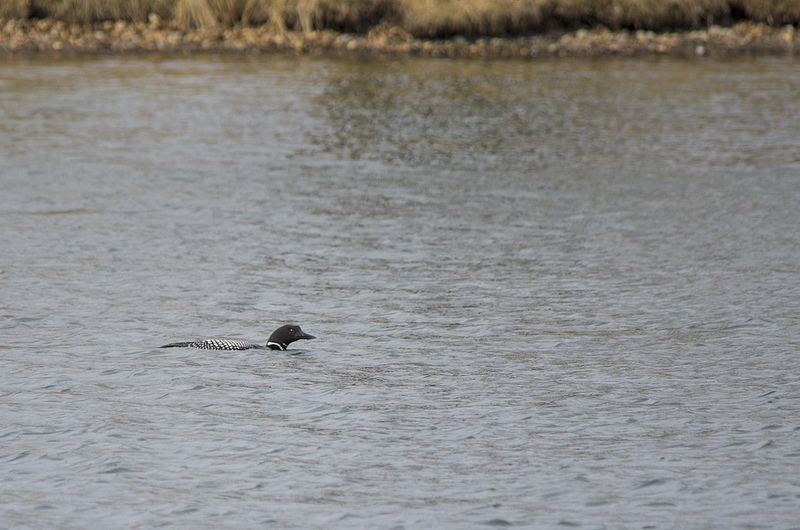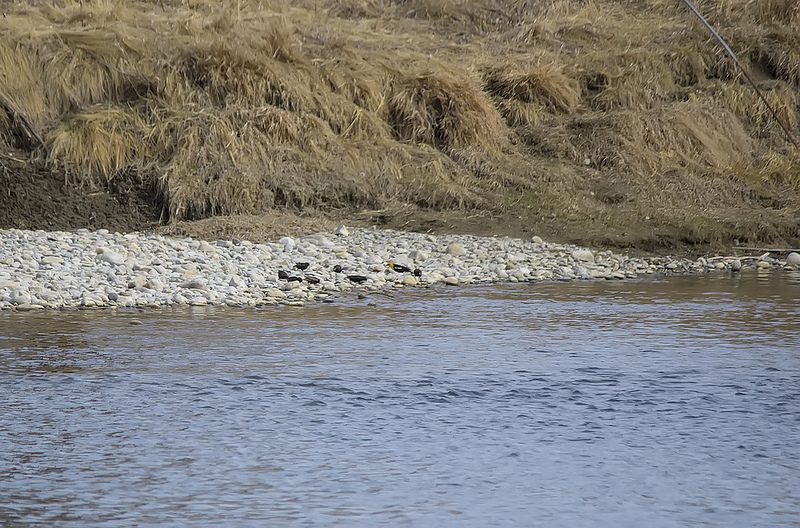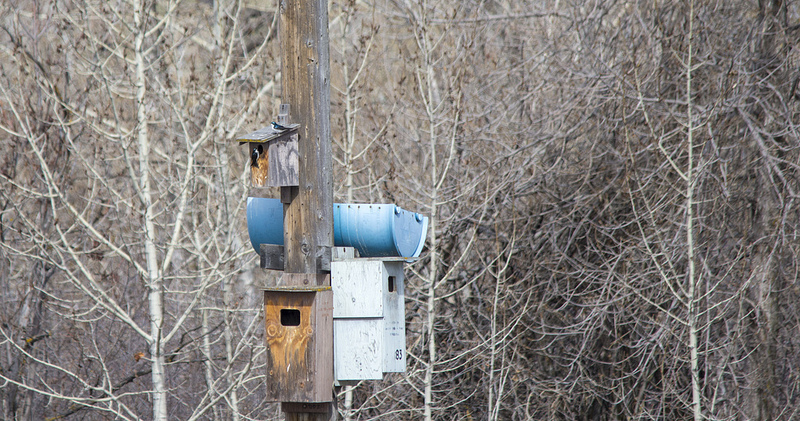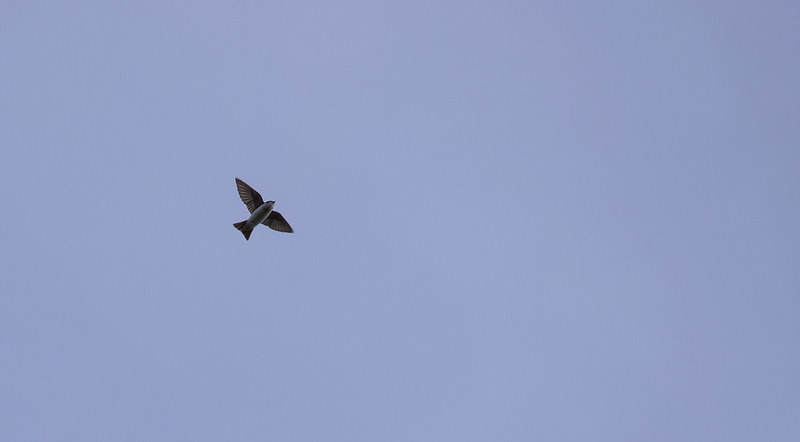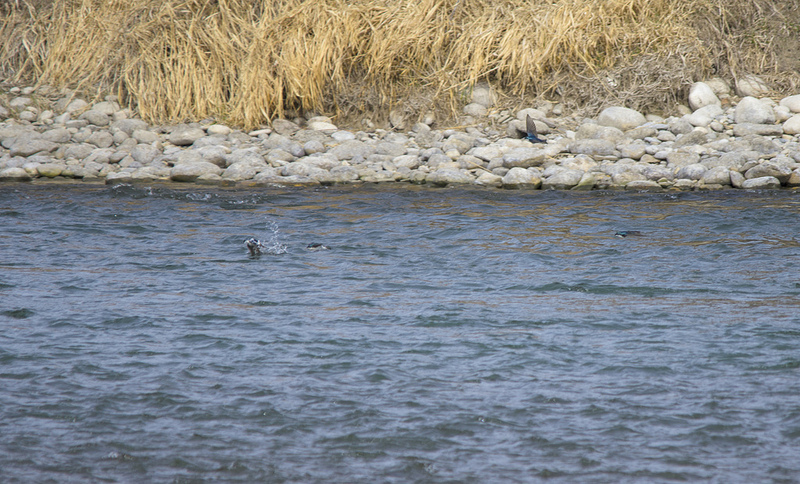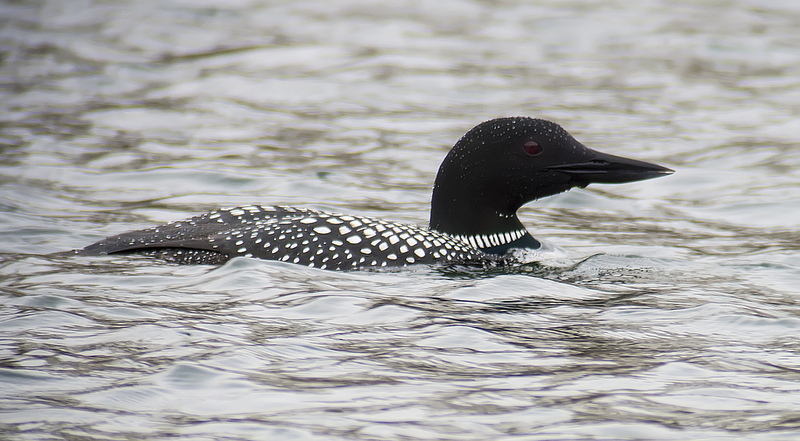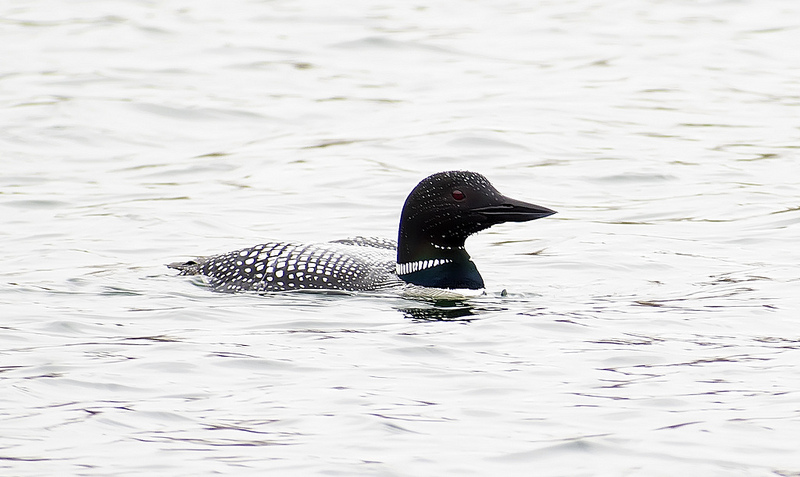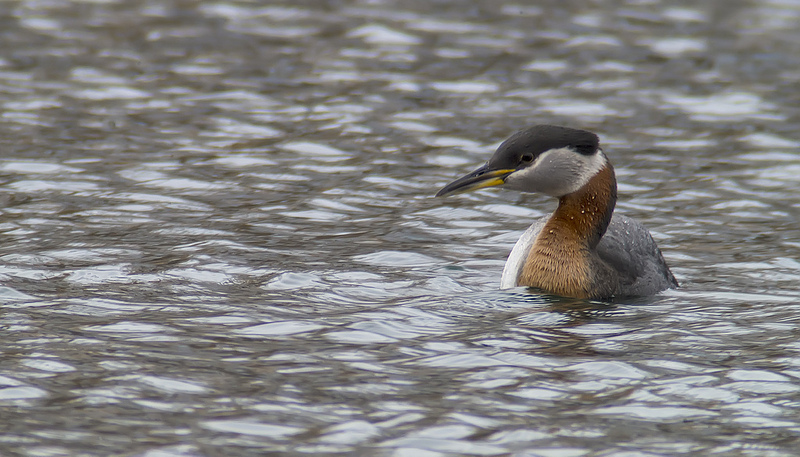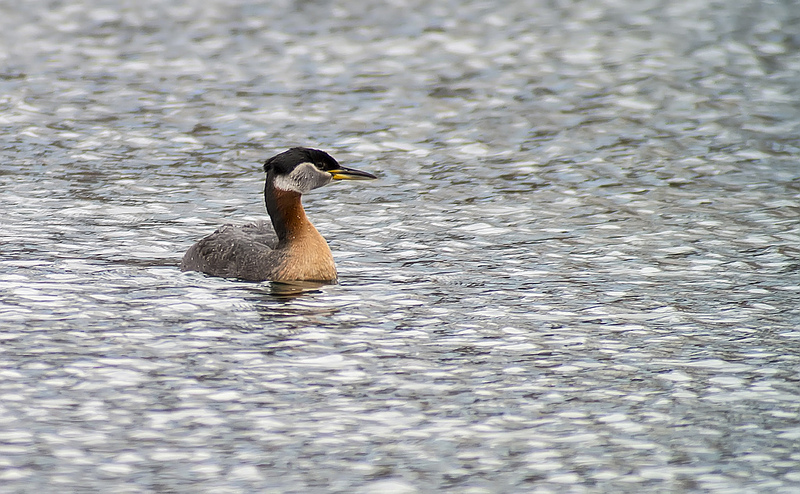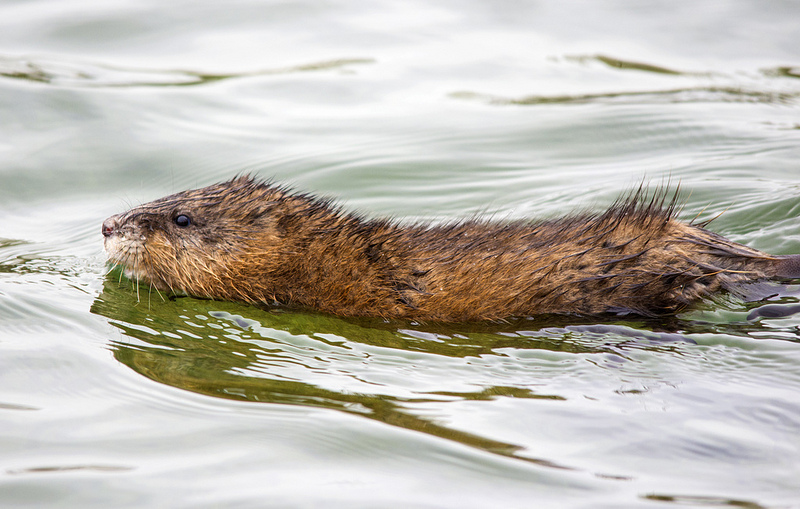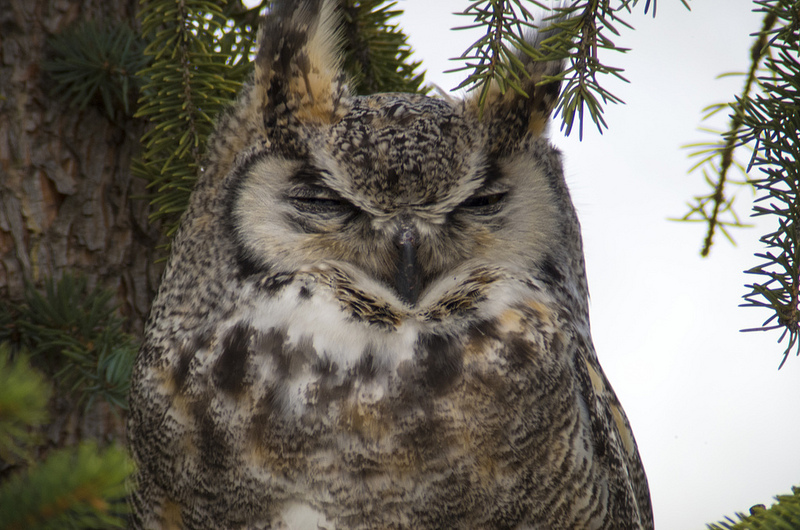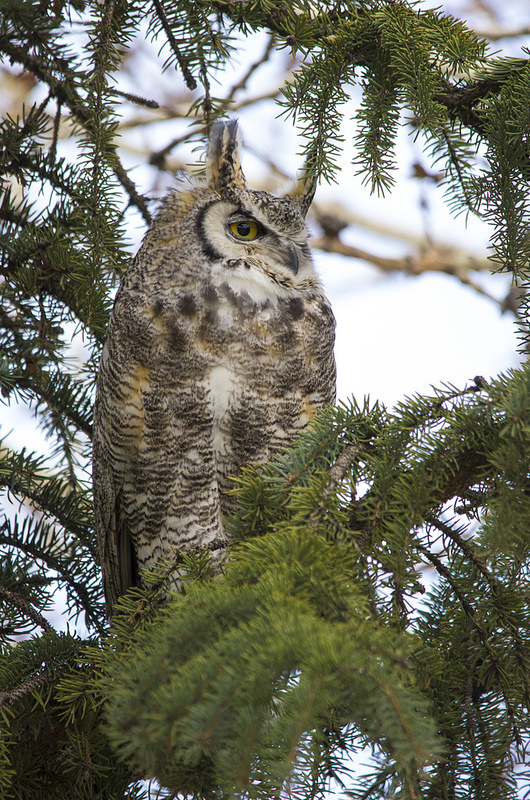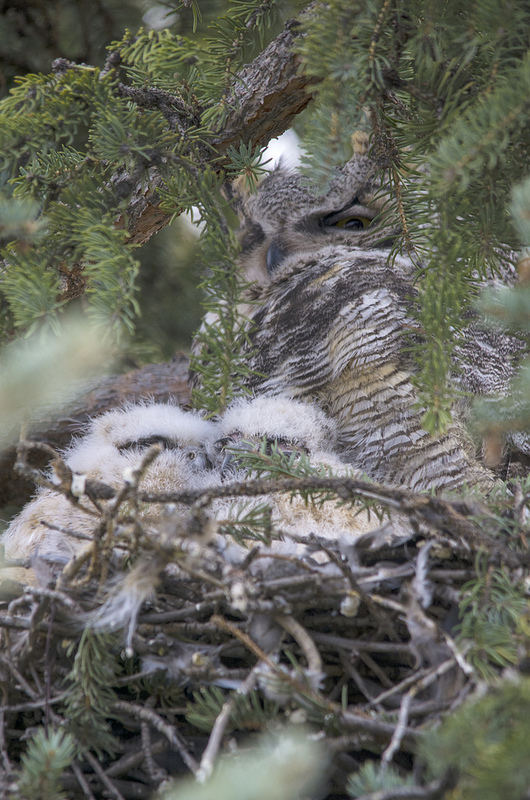Posted by Dan Arndt
It is nice to finally get a little bit of sun on our walks, and along with the sun came a whole lot of spring migrants through our fair city. It was another great day for waterfowl, and despite the size of the Glenmore Reservoir, we were afforded really great views of just about everything we saw today. While I’m breaking my vow to not repeat species and focus on the new ones we see each week, strangely we didn’t get very close to anything new this week. Sure, there were some Eared and Horned Grebes very far out on the reservoir, and sure our binoculars and views through the scope were excellent, but I’ve come to the realization that digiscoping is best done solo, and not while trying to lead an enthusiastic group of birders on to their next sighting. That said, we did get some excellent views of some of the more elusive mammals we’ve seen in previous weeks, so that’s new too. Oh, and a pair of Long-tailed Ducks showed up. No big deal. They’re just a few thousand kilometers out of range for spring migration, and uncommon even in the fall, but we got them too. Clearly there must be some good fishing on the reservoir this spring, as the grebes, the loons, and many of the other species seen today prey almost entirely on fish. Perhaps that’s why there were so many fishermen out on the reservoir as well?
Our walk started and ended with Common Ravens. Sure, it makes perfect sense, especially considering that they’ve decided to put up a nest not fifty meters from the parking lot, but for most of us, it was really interesting to see. Last year there were a few Common Raven nests along this stretch of parkland, but none quite so exposed. We counted five young ones on this nest this morning, but didn’t really get good looks at them until much later on.
Here’s one of the adults in the “golden hour” light, showing off its nictating membrane.
We headed east along the reservoir from the sailing club, hoping that we might spy some new waterfowl, grebes, or maybe even a few sparrows down along the water’s edge. While other groups this week had reported ten, fifteen, even twenty Common Loons, we were still not prepared for the sheer number out there. There were more loons than I had ever seen in one place, maybe even more total loons than I’d seen individually since I started birding! One of the first new birds we had here this morning was a small raft of Horned Grebes, which were being flushed back and forth along the reservoir by kayakers out for a morning row.
Further out, there were a much smaller group of Eared Grebes, a handful of Western Grebes, and many Red-necked Grebes scattered throughout in ones and twos. While we were scanning the far edges of the reservoir, we nearly missed the birds (and mammals) right at out feet, like this Least Chipmunk, who was quite content to just nibble away on sunflower seeds while we snapped away.
It was just a little further on where we saw what I would say was our highlight of the day, if not for the entire course to date: the Long-tailed Ducks.
As we watched both them, the close in loons, and the various other birds that caught our eye, the time finally came for us to turn back to our starting point, and along the way back we once again nearly stumbled upon another unwary mammal, a pair of Snowshoe Hare, who had nearly completely lost their winter coat and taken on their typical summer browns.
And while some locals might think that Black-billed Magpies are a nuisance, annoying, or otherwise “trash” birds, there’s no denying that they are quite striking in just the right light.
A brief stop at the vehicles to drop a layer of clothing as the morning warmed up significantly allowed us a moment to stop and check in on the Common Raven family. It looks like one of the adults had just brought in some food, as the young were silently begging for a piece.
After such a good start, we expected that our fortunes would continue, giving us sparrows, warblers, and maybe even some Ruby-crowned Kinglets in the dense spruce on the west side of our route, but sadly, no such luck. On the bright side, we did get even closer looks at Red-necked Grebes, Common Loons, and a pair of American Wigeon in just the right light to show off all their field marks.
Upon our return, and at the end of our great, warm sunny day, it appeared that the young Common Ravens had not quite had their fill, as they were still begging for food as we left the park for another week.













